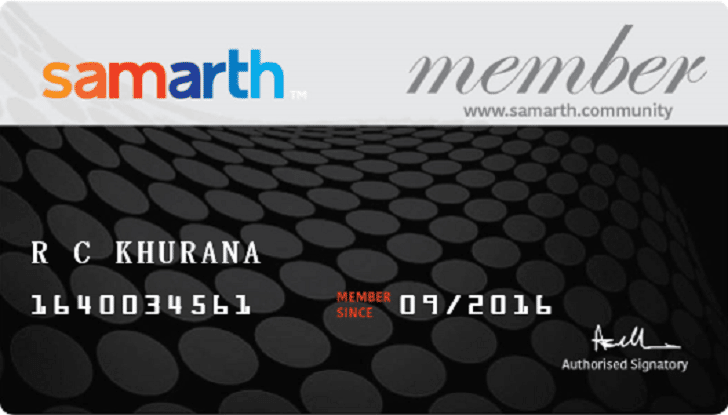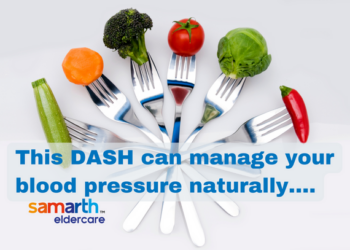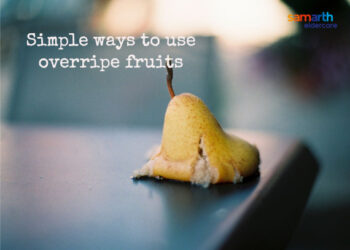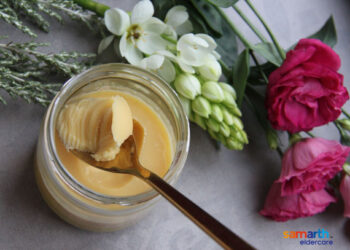If we are what we eat and it is important to watch what we eat, then, it is good to start with a healthy diet suitable for the heart. Typically, we have three meals a day and none of it should be skipped. Breakfast should be slightly heavy and should sustain us till lunch without snacking in between. Lunch can be heavy enough to sustain till dinner. It is preferable to have some light and healthy snacks in between as the gap is more. It is advisable to have an early and light dinner with a gap of two or three hours to bedtime.
Breakfast
Idli and dosa made with fermented batter are good and healthy easily digestible foods suitable for elders. Idli is healthier than dosa as it is steamed. Dosa can be healthier if made without using oil. It is advisable to have a bowl of sambar with a variety of veggies to go along with idli or dosa. If chutney is preferred, then, opt for tomato chutney, or peanut chutney with ginger, coriander, mint leaves, garlic, etc. These ingredients boost our immunity. Coconut chutney can be used once in a while.

Join Now >
Upma, poha, and oats with veggies are also healthy breakfast options for seniors. Broken wheat porridge is another healthy alternative. Rotis and parathas mixed with greens like methi or veggies like radish and carrot are healthy and heavy breakfasts that can keep you full till noon. Having it with a bowl of raitha or dal is sufficient. If having eggs, then limit it to thrice per week. Omelettes with no oil and added veggies can be had.
How to make it healthier: Use millets like finger millet (Ragi), foxtail millet, etc. in place of white rice to make dosa and idli. Idli can also be made with rava (semolina), jowar, oats, moong dal, etc. For dosa, you can experiment with mixed dal dosa like Adai to avoid rice. Dosa can be made with moong dal, jowar, wheat flour (atta), ragi, bajra, and any other millet as well. You could add grated veggies into the dosa batter to make it healthier (fibre-rich) and tastier. Even using brown rice instead of white rice for making idli and dosa can be explored. For rotis and parathas, use millet or buckwheat flours along with wheat flour to make it healthier.
Lunch
For lunch, having brown rice with veggies is preferable over white rice. If you have had rice items in the morning, you could opt for rotis or parathas for lunch. You could look at including leafy greens like palak, one cup curd, or rice with veggies like khichdi, pulao, etc. Having a glass of buttermilk after lunch is good.
Note: If you prefer to have mid-morning snacks, then stick to a bowl of freshly cut fruits. You could alternate the fruits daily or have a mixed bowl of seasonal fruits. You could also include dry fruits occasionally.
Evening Snacks
Avoid readymade processed foods or oily stuff and stick to healthy options like makhana, multigrain crackers, khakras, fruit juices or fruit lassi, tea or coffee with bhel, a cup of sprouts with cucumber, etc. Having dry fruits in moderation is good. You could also look at boiled corn or poha-based homemade snacks. Dhoklas or steamed sprouts are also healthy snack options.
Dinner
For dinner, preferably stick to rotis and brown rice in limited quantities. You could also have white rice with rasam and veggie stir-fries. If you like having milk, then try to have a cup of low-fat milk infused with haldi a little before bedtime.
Points to note
Limit the portions and don’t buy or stock junk food. That can be tempting and test your willpower. Add flaxseeds powder while kneading dough for rotis and parathas. Use nuts and seeds as toppings for fruit bowls. If you already are following a diet plan suggested by your doctor or dietician that is working for you, then please continue to follow that.










